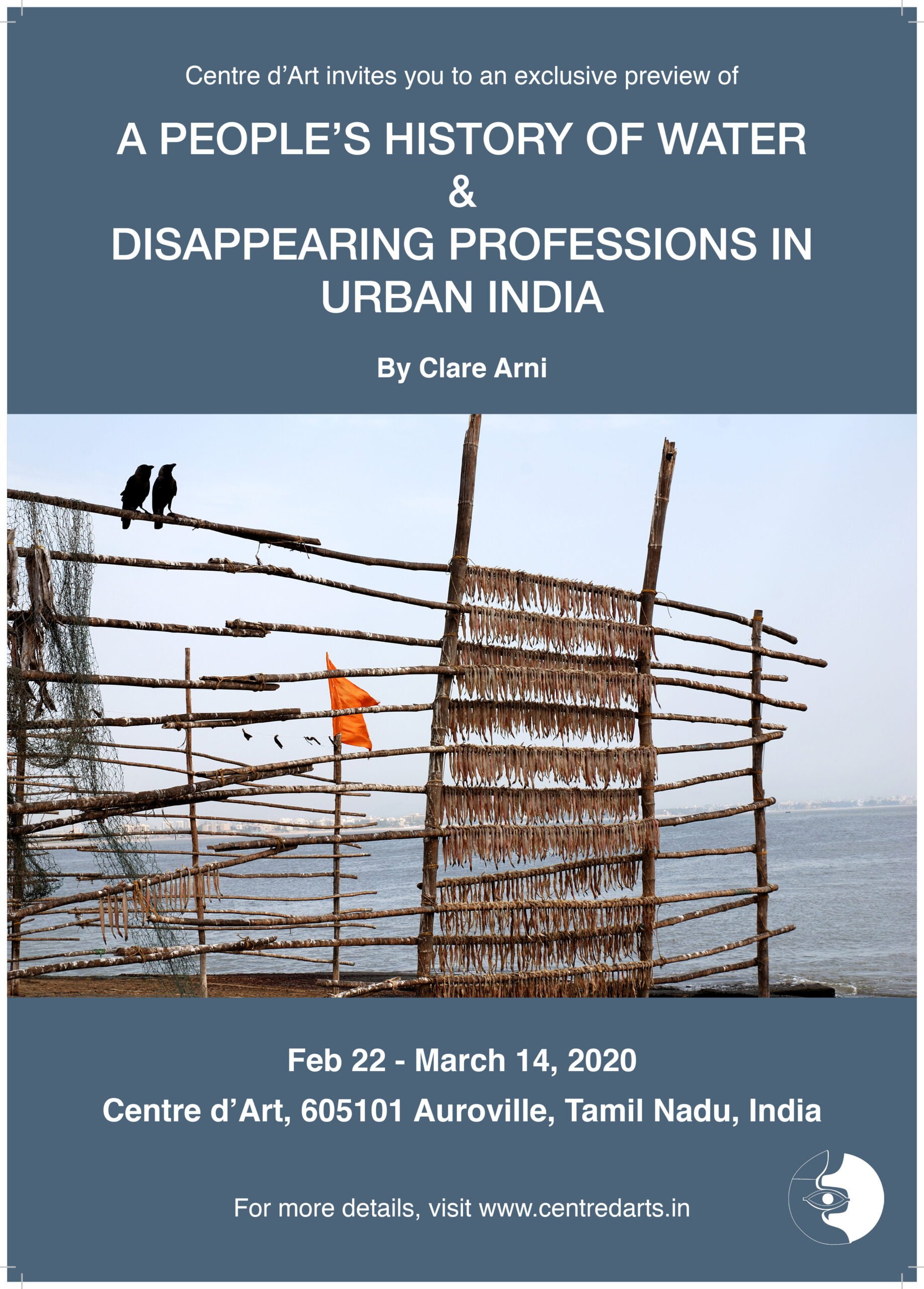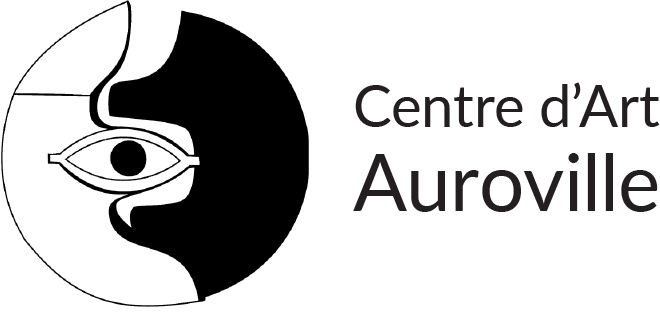By Clare Arni
22nd Feb. to 14th March 2020

From February 22 to March 14, the Centre d’Art Citadines will present two important series of works by Clare Arni, an English-born photographer who settled in Bangalore.
Clare, who left her homeland at the age of six, lived most of her life in India. An architectural photographer at the beginning of her career, she later turned to reporting, focusing on social topics and documenting the cultural heritage of India through long-term projects and international collaborations with magazines, books published and exhibitions all over the world.
The works presented here, “A people’s history of water” and “Disappearing professions in urban India”, testify to the dramatic realities faced today by India, which is struggling with socio-cultural and climatic upheavals with consequences that are as rapid as they are inevitable.
“Disappearing professions in urban India”, a project born in 2006 and completed in three years with the collaboration of writer Oriole Henry, is a survey carried out mainly in Calcutta, Delhi, Chennai and Bangalore.
In these metropolises, a whole way of life is threatened by the vanishing of traditional trades, engulfed by the nascent economic reality generated by a rampant urbanization and the introduction of new technologies. Specialized craft shops are, in the more or less long term, doomed by the rise of ever expanding large commercial chains, and a knowledge that was transmitted from one generation to the next will gradually disappear. With the advent of a new kind of standardized consumption, it is not only the survival of an entire part of the population that is at stake, but also the immense wealth and variety that make up the cultural fabric of India.
Clare has been meeting the artisans in their workplace – she photographed potters, dyers, tea sellers. Some people look at the camera, others are concentrated on their work, and some photos only portray the artisans’ hands. But even if the persons do not appear in full, the shop is still saturated with their presence, like a piece of clothing that has just been taken off. Each space is shaped by years of habits, repeated gestures, human relationships.
One of these images shows a mirror dealer. The man stands in profile in his tiny store. Above his head, a hanging clock indicates the time: it’s 1:27 p.m. The afternoon sun illuminates the mirrors on the walls, reflecting hidden angles of the shop and of the street. One of the mirrors shows two silhouettes in back light – certainly some customers – indistinct like ghostly witnesses to a story that is fading away.
The second series, “A people’s history of water” brings together images taken during thirty years of reporting on different projects:
– Kaveri River (1994), four months during which Clare went up the river to photograph various populations living on its banks;
– Dreams and Discontents (2002), focusing on the problems linked to water supply in an ever expanding metropolis – Bangalore;
– Maha Kumbh Mela (2013), dedicated to the devotional life along the banks of the Ganges;
– Sundarbans, an investigation into the difficult living conditions in a region subject to the inevitable problems of global warming.
The water as a source of life, the inspirer of sacred rituals. The water, the shortage of which, in these times of global warming, terrifies a mankind facing the possible lack of a future, is present in all its incarnations in Clare’s photos, one of which is particularly emblematic. It is the image of a street, seen from above and divided in two by a wall. On one side of the wall are broken sidewalks, corrugated iron roofs, and the inhabitants of poverty – a man sitting in the midst of some gourds, a woman walking in the street holding a jug that we imagine full; on the other side, children play in a swimming pool whose water, this marvelous element donated to mankind to be shared, sparkles in the bright sun like the poisoned mirror in which a fallen humanity is reflected.
Dominique Jacques/ Centre d’Art
